The White Stone Citadel relic has been revealed, one of the few rare ancient citadel relics still existing in the South, Phuoc Thuan commune, Xuyen Moc district, Ba Ria-Vung Tau province. The relic dates back to around the 15th-16th century, with many characteristics bearing strong features of Champa culture.
Following the workshop on April 19, 2022 at the excavation site, on September 11, 2023, at the Ba Ria-Vung Tau Provincial Museum, the Department of Culture and Sports of Ba Ria-Vung Tau province chaired and coordinated with the Southern Institute of Social Sciences - Vietnam Academy of Social Sciences to organize the Workshop "White Stone Citadel Relic".
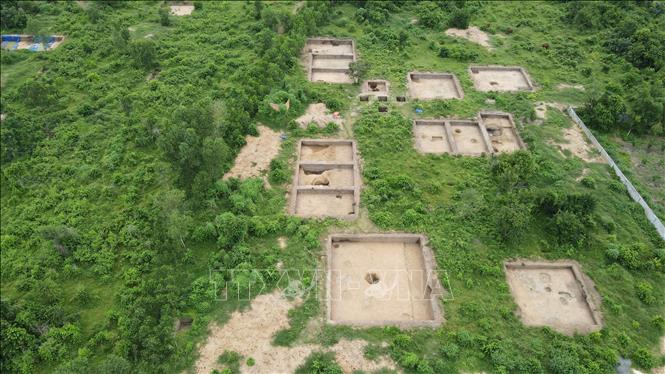
The White Stone Citadel archaeological site covers an area of about 3,000 square meters in Phuoc Thuan commune, Xuyen Moc district, Ba Ria-Vung Tau province. The site has many characteristics of Champa culture.
The workshop focused on evaluating and studying in depth the appearance of the White Stone Citadel relic. This relic has been revealed, and is one of the few rare ancient citadel relics still existing in the South.
The relic dates back to the 15th-16th century, with many features bearing strong Champa cultural features. The White Stone Citadel is considered a very important source of information to clarify the history of the formation and development of Ba Ria-Vung Tau as well as the Southern region.
Speaking at the opening of the workshop, Director of the Department of Culture and Sports of Ba Ria-Vung Tau province Nguyen Dinh Trung said that the White Stone Citadel relic has long been known to the people of Long Dien, Dat Do, Xuyen Moc... In 2002, the relic was first surveyed by the Ba Ria-Vung Tau Provincial Museum in collaboration with the Vietnam National Museum of History.
The research results determined that this was the trace of an ancient citadel that had been destroyed and called this relic the White Stone Citadel. In July and September 2007, the Ba Ria-Vung Tau Provincial Museum in collaboration with the Center for Archaeology (Southern Institute of Social Sciences) continued to survey the relic, chaired by Dr. Dao Linh Con, Director of the Center for Archaeology of the Southern Region.
In the report, Dr. Nguyen Khanh Trung Kien, Deputy Director of the Southern Institute of Social Sciences, said that in Go Cat hamlet, Phuoc Thuan commune, Xuyen Moc district, Ba Ria-Vung Tau province, there is a large-scale rampart-like architectural work built of laterite that was recorded in the Ba Ria-Vung Tau Gazetteer.
Since 2002, the site has been surveyed and excavated at several locations to identify the architectural features of the laterite wall and the cultural layer inside. Research results indicate that there have been many periods of residence in this space, with many different time frames, from prehistoric traces (about 2,000-2,500 years ago), to the Chenla period (about the 8th-10th centuries) and the period when the laterite citadel was built (15th-16th centuries).
Relics left at the excavation site include laterite walls, dug wells, traces of column holes, possibly wooden structures, traces of kitchens, trash pits, etc.
The artifacts found include many types and materials, with prehistoric stone tools, daily household items (pottery, terracotta, metal tools and weapons), and porcelains that are likely commercial goods, with many origins (China, Champa, Dai Viet, Thailand).
Dr. Nguyen Khanh Trung Kien commented that new archaeological data at this site has gradually revealed an almost unknown period in the history of Ba Ria-Vung Tau and the South.
This source of documents promises a great opportunity to decode cultural and historical issues before the period of reclamation of the Southern land, which were previously only known through historical records and maps of the Nguyen Dynasty and Western missionaries from the late 17th to the 19th century.
Dr. Nguyen Quoc Manh, Deputy Director of the Center for Archaeology, Institute of Social Sciences of the Southern region, informed that the excavation results clearly identified the stratigraphic structure including cultural accumulation layers belonging to different periods, forming overlapping each other, even with the phenomenon of cultural layers in the later period causing disturbance to cultural accumulations in the previous period due to living and construction activities (leveling, digging and filling the surface)...
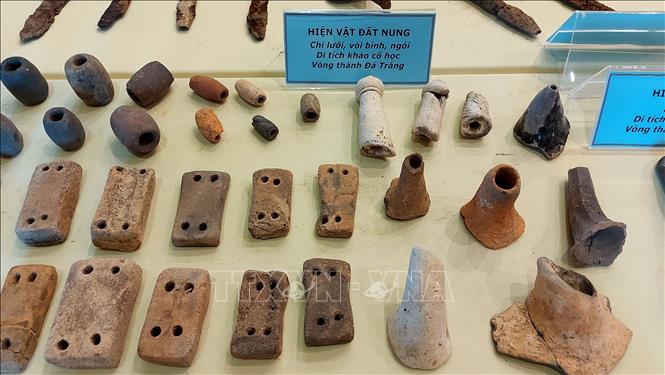
Ancient artifacts discovered during the archaeological excavation of the White Stone Citadel with many characteristics of Champa culture in Phuoc Thuan commune, Xuyen Moc district, Ba Ria-Vung Tau province.
At the workshop, scientists said that the White Stone Citadel meets all the criteria to be classified as a national relic. Associate Professor, Doctor Tong Trung Tin, President of the Vietnam Archaeological Association, assessed that the White Stone Citadel has many rich relics; the number of relics is of great value in the study of the history of the relic and the history of the region.
He suggested that the need to protect the site in situ and the integrity of the relic site, establish a national ranking profile, plan to restore the landscape, and protect the environment for the entire relic site are urgent requirements for this relic site today.
In addition, it is necessary to deeply study cultural layers and multi-dimensional historical impacts on the history of the region in terms of owners, chronology, economics, technology, environment and economic and social changes...
Associate Professor, Dr. Pham Quoc Quan, National Heritage Council also agreed and commented that, over the past 2 decades, the White Stone Citadel has been ranked 4th in terms of excavation scale and heritage value and needs to be extensively excavated, and interdisciplinary research related to the White Stone Citadel and the entire Southeast region...
Based on the current situation of the White Stone Citadel relic, on the basis of the proposals, recommendations and solutions at the workshop, the Organizing Committee will prepare a complete report to send to the People's Committee of Ba Ria-Vung Tau province, the Ministry of Culture, Sports and Tourism to promptly serve the planning and implementation of policies and strategies for cultural development and preservation of historical relics.
Source: https://danviet.vn/phat-lo-thanh-co-xua-van-hoa-champa-ton-tai-o-nam-bo-rong-3000m2-tai-mot-xa-ba-ria-vung-tau-20250212161139315.htm


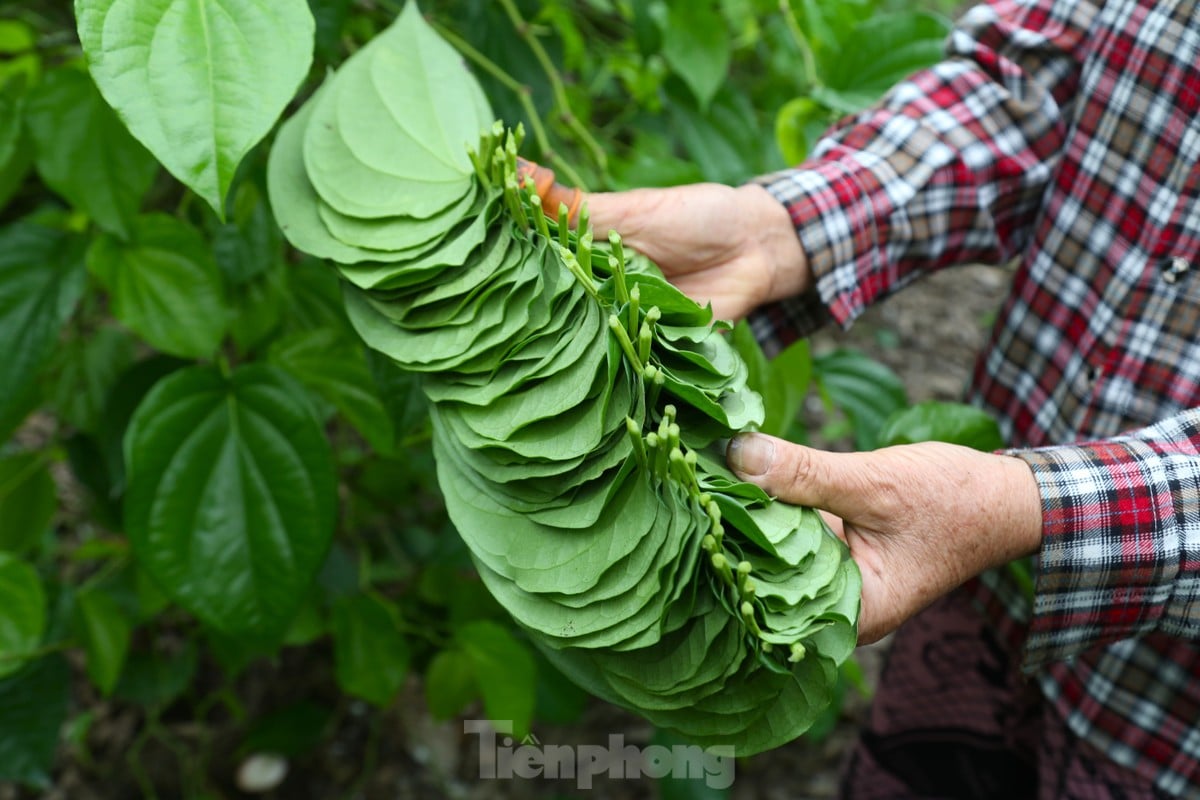




























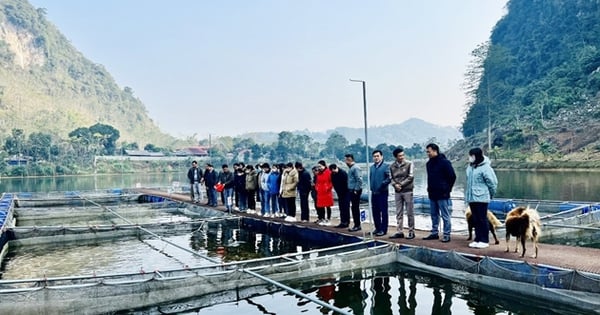
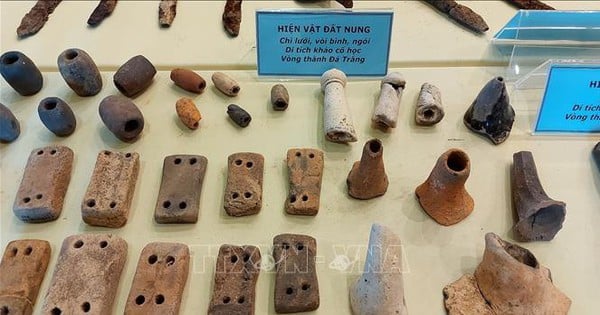





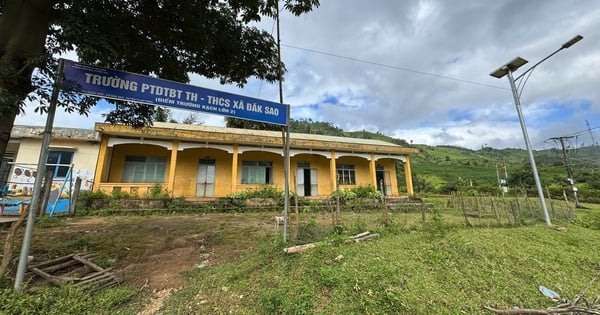









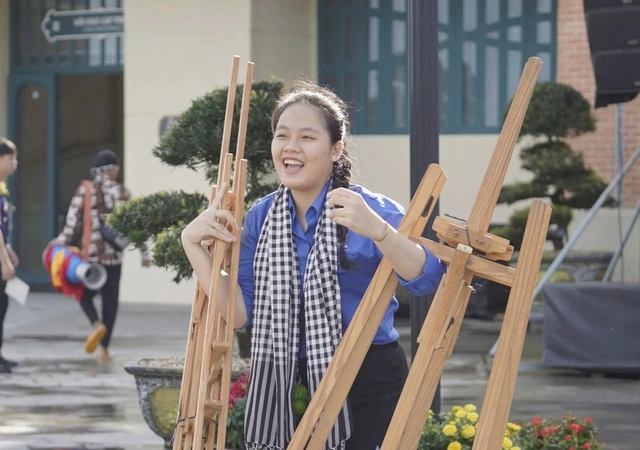




Comment (0)